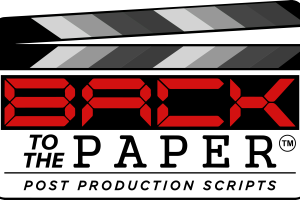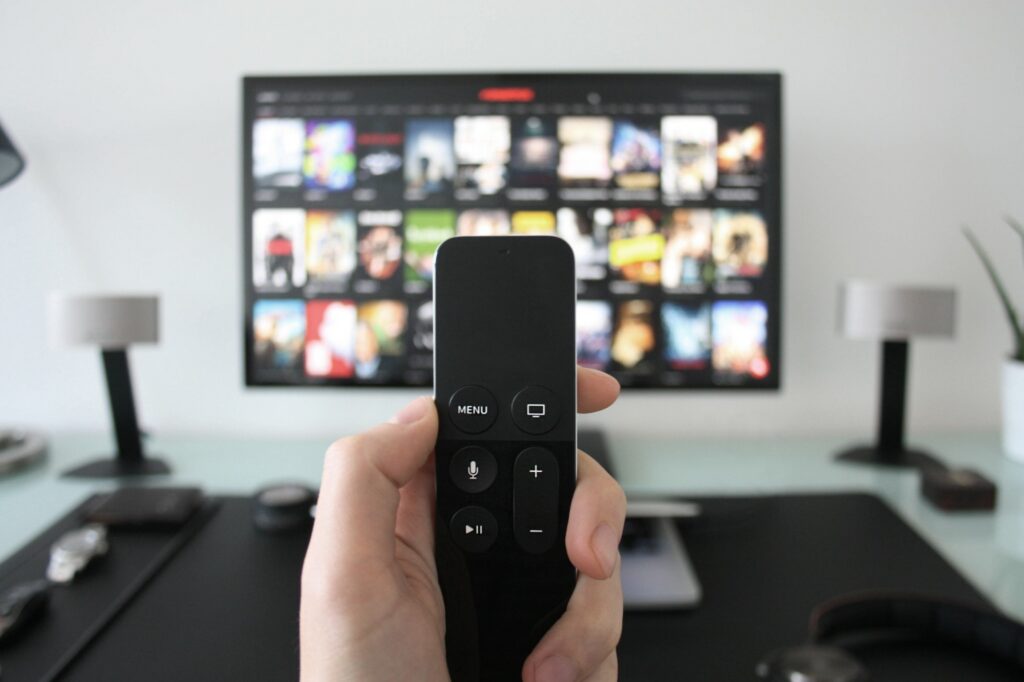Did you know that 61% of young people watch shows and movies with subtitles on? Over the last few years, quality video transcription became a must in the industry.
But how do you get quality subtitle writing? And how does dubbing differ from subtitles?
We will discuss these things and more in the article below! Keep reading for more on dubbing vs subtitles!
Dubbing vs Subtitles: Terms You Should Know
Think of time codes as the backbone of any video or film. They’re the way we keep track of where everything should be at any given moment in the video. It’s your video’s unique DNA or a map that pinpoints exactly where each scene or phrase goes.
Now, dubbing is when you’ve got a film or show in one language, and you replace the original dialogue with a new one in another language by using a human voice.
Subtitles, on the other hand, is the text that pop up at the bottom of your screen translating what’s being said. It’s like having a real-time translator at the bottom of your screen.
What Is CCSL?
Let’s dive into the world of CCSL, which stands for Combined Continuity and Spotting List. Imagine it as a super-detailed script for a movie or TV show that includes everything you could need to know.
It’s not just about the dialogue, but also:
- The time codes
- The camera movements
- The music cues
And it’s not just a dialogue list of what happens, but when it happens too. This “when” is crucial when it comes to translating a video into different languages, which is where the subtitles and dubbing come in.
Now, here’s where it gets interesting. The time codes in a CCSL are like little breadcrumbs that show you exactly where to find the beginning and end of the following:
- Each line of dialogue
- Each sound effect
- Each piece of music
They make sure everything fits together perfectly, like pieces in a jigsaw puzzle. Without time codes, trying to match subtitles or dubbing with what’s happening on the screen would be nearly impossible.
CCSL, with its precise time codes, ensures that whether you’re reading subtitles or listening to dubbed dialogue, the experience is:
- Smooth
- Synchronized
- Makes sense
It’s the behind-the-scenes magic that makes enjoying videos in different languages a breeze.
Time Codes In a Subtitled Video
Have you ever thought about how those lines appear at the exact right moment to match what’s being said? Well, that’s where time codes come in.
They act like precise cues in a play, telling the subtitles exactly when to enter and exit the scene. Each subtitle has its own unique time code, telling it when to appear and when to disappear, making sure it lines up perfectly with the dialogue.
Now, why is this so crucial? For starters, synchronization. Without time codes, the subtitles might pop up too early or too late, which would be confusing.
Imagine trying to follow along when the text doesn’t match the speech–it’d be like trying to dance to a song with the music playing out of sync! Plus, it’s not just about understanding the dialogue; it’s also about the experience.
A well-timed subtitle can help you:
- Feel the emotion
- Catch the jokes
- Understand the plot twists
Of course, it’s not always a walk in the park to get the time codes just right for subtitles. It requires:
- A keen ear
- A sharp eye
- A lot of precision
Timing is everything. If a line of dialogue is split between two shots, for example, the subtitle timing has to be adjusted so it doesn’t disappear too soon or hang around too long.
And with fast-paced dialogue or overlapping speech, things can get even trickier.
Time Codes In Dubbed Videos
Now let’s switch gears and talk about dubbing. Here, time codes are the secret sauce that makes sure everything runs smoothly. They serve as guides, telling the dubbing artists exactly when to start and stop speaking.
Now, why is this so important? Imagine watching a video where the characters’ lips move, but the words don’t match up.
It can be pretty jarring and spoils the viewing experience. Time codes help prevent that.
They ensure the dubbed dialogue is perfectly synchronized with the video, creating a seamless viewing experience. This allows viewers to follow the story more easily and focus on the:
- Visuals
- Emotions
- Plot
However, dubbing with the help of time codes isn’t always a piece of cake. You have to make sure the dubbed speech matches the length of the original dialogue, and sometimes this can be a tricky balancing act.
Plus, the dubbing artist needs to deliver the line in a way that conveys the right emotion and matches the character’s mouth movements.
Subtitles vs. Dubbing In a Time-Coded Video
Now, when it comes to subtitles and dubbing, time codes play a similar role in both.
It’s telling a subtitle when to pop up on the screen. It can also guide a dubbing artist on when to start and stop speaking.
Time codes are all about precision and synchronization.
But while they play a similar role, the way time codes are used in subtitling and dubbing does have some differences.
For subtitles, it’s all about timing the appearance and disappearance of text to match the original dialogue. The text needs to pop up right when the line is being spoken, but it can stay on the screen for 2-3 seconds longer if there is silence after the dialogue.
The idea here is to make it easier to read. Often it’s a challenge for the viewer to watch the action on the screen and also read the subtitles. But there isn’t much that can be done about it.
Unless it can. Which means give the subtitles more time on the screen before they disappear. How is that done? By letting the subtitle hang in there if the next one has a pause before it pops up. So if a dialogue is followed by some silence, no matter how brief, we can let the subtitle remain there to give the viewer more time to read it.
Subtitles can also have two dialogues between two people appear on the screen at the same time even when the dialogue isn’t overlapping — when the characters on the screen are not speaking over each other. For example, if two people are speaking within a small time frame, both sentences can appear on the screen. This can’t happen with dubbing.
In dubbing, time codes guide when the translated speech starts and ends, and the challenge here is syncing the dubbed dialogue with the character’s lip movements.
While there is some flexibility room for subtitles, dubbing needs to be verbatim. Every word, stutter, and even a false start needs to sync up perfectly.
Are You Looking for Dubbing and Subtitling Services?
Time codes might not be the most glamorous part of watching a movie or a TV show, but they sure do play a vital role in bringing stories to life across different languages.
While the differences between dubbing vs subtitles are subtle, they can make a huge difference when creating a quality film. Most CCSL production companies do not even care about it, but we at Back To The Paper do! Our attention to detail eventually can save you a lot of money.
Are you looking for video transcription, subtitles, and dubbing? Check out our CCSL services today!



